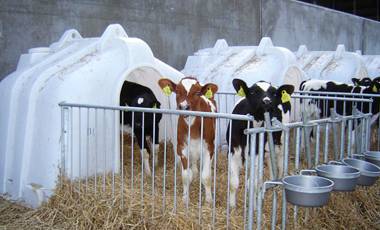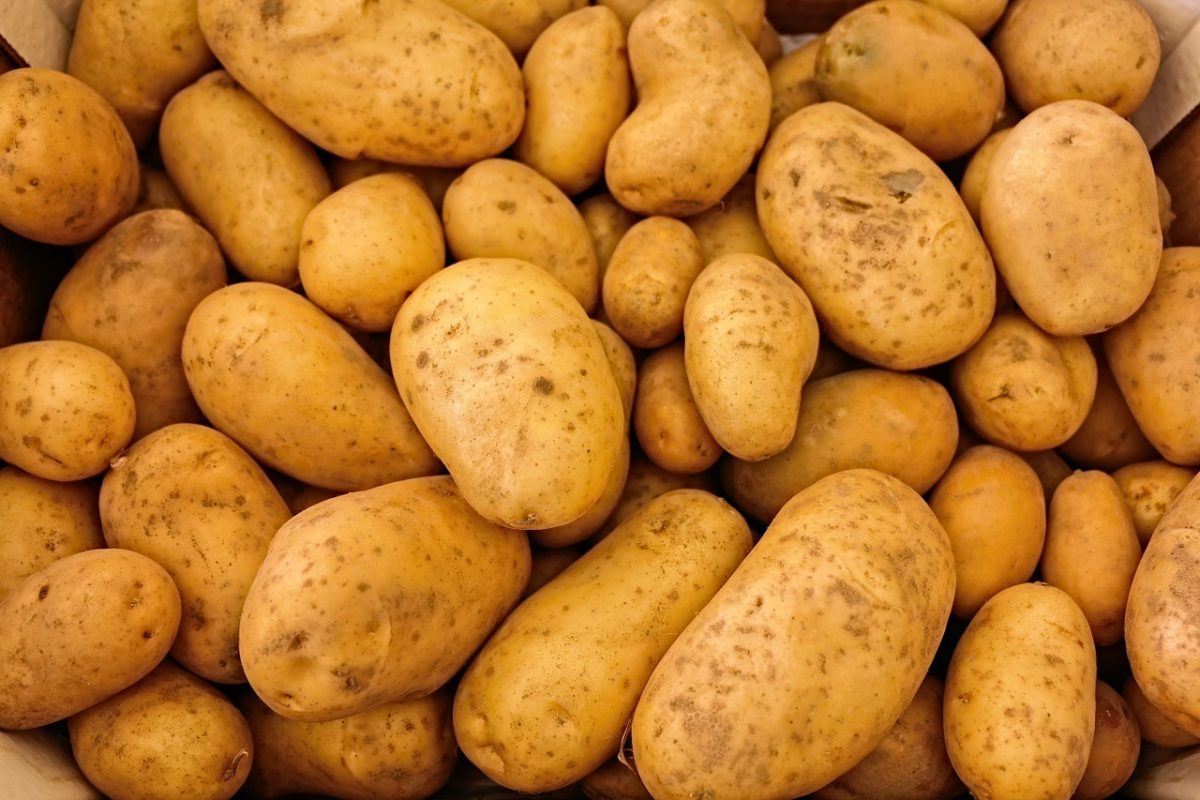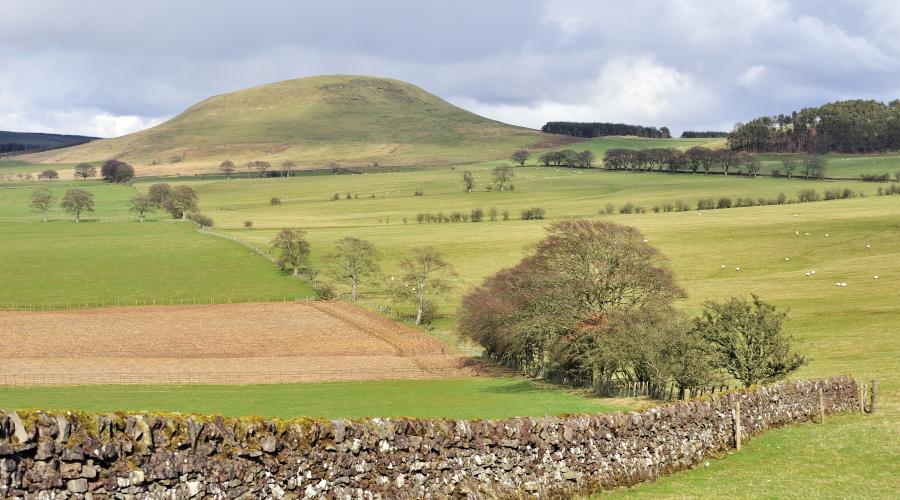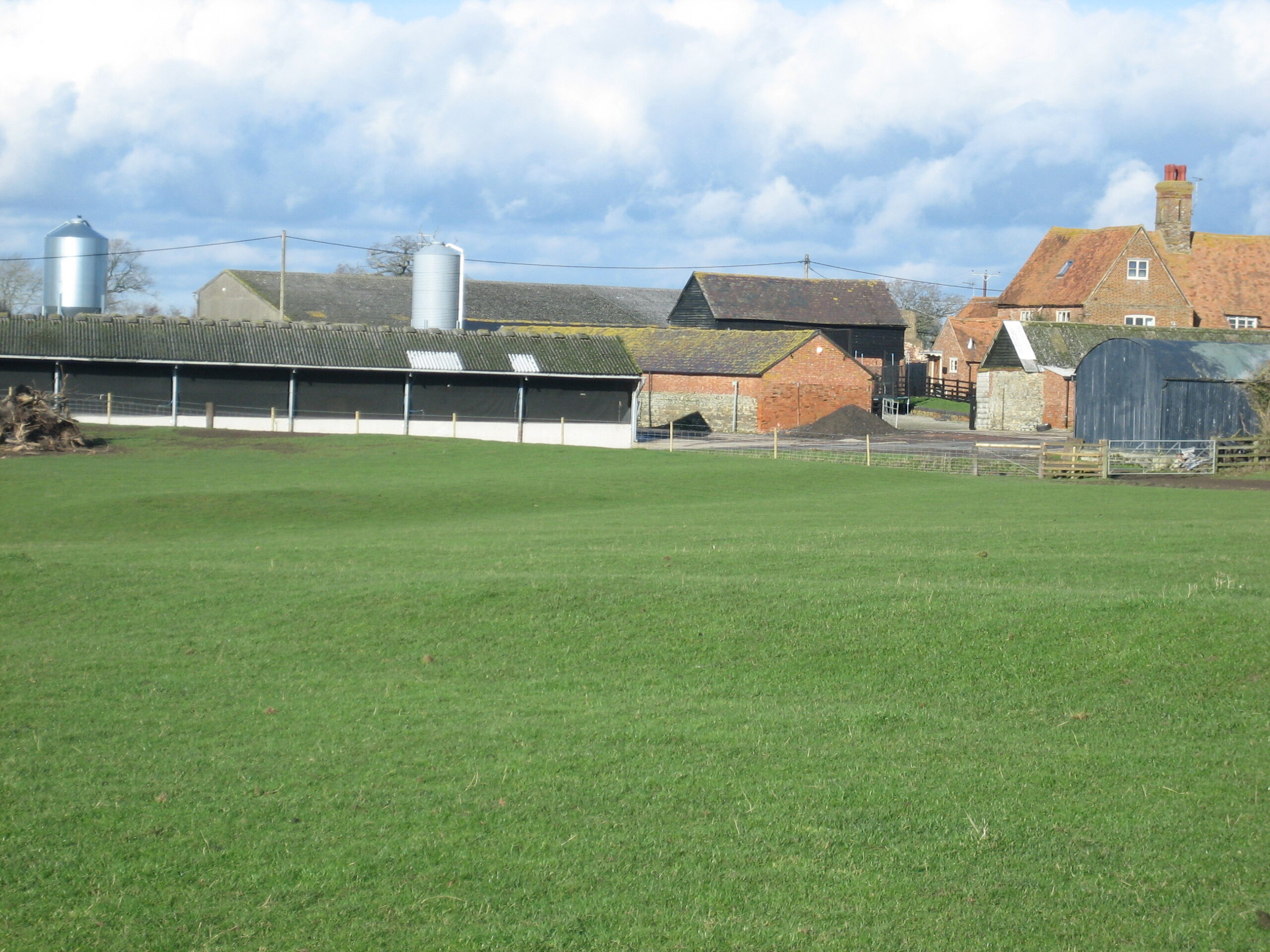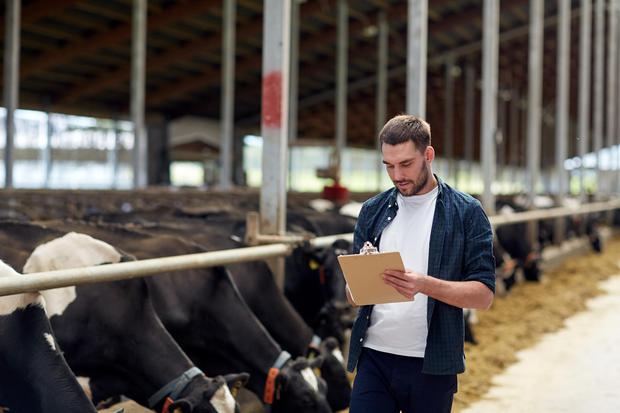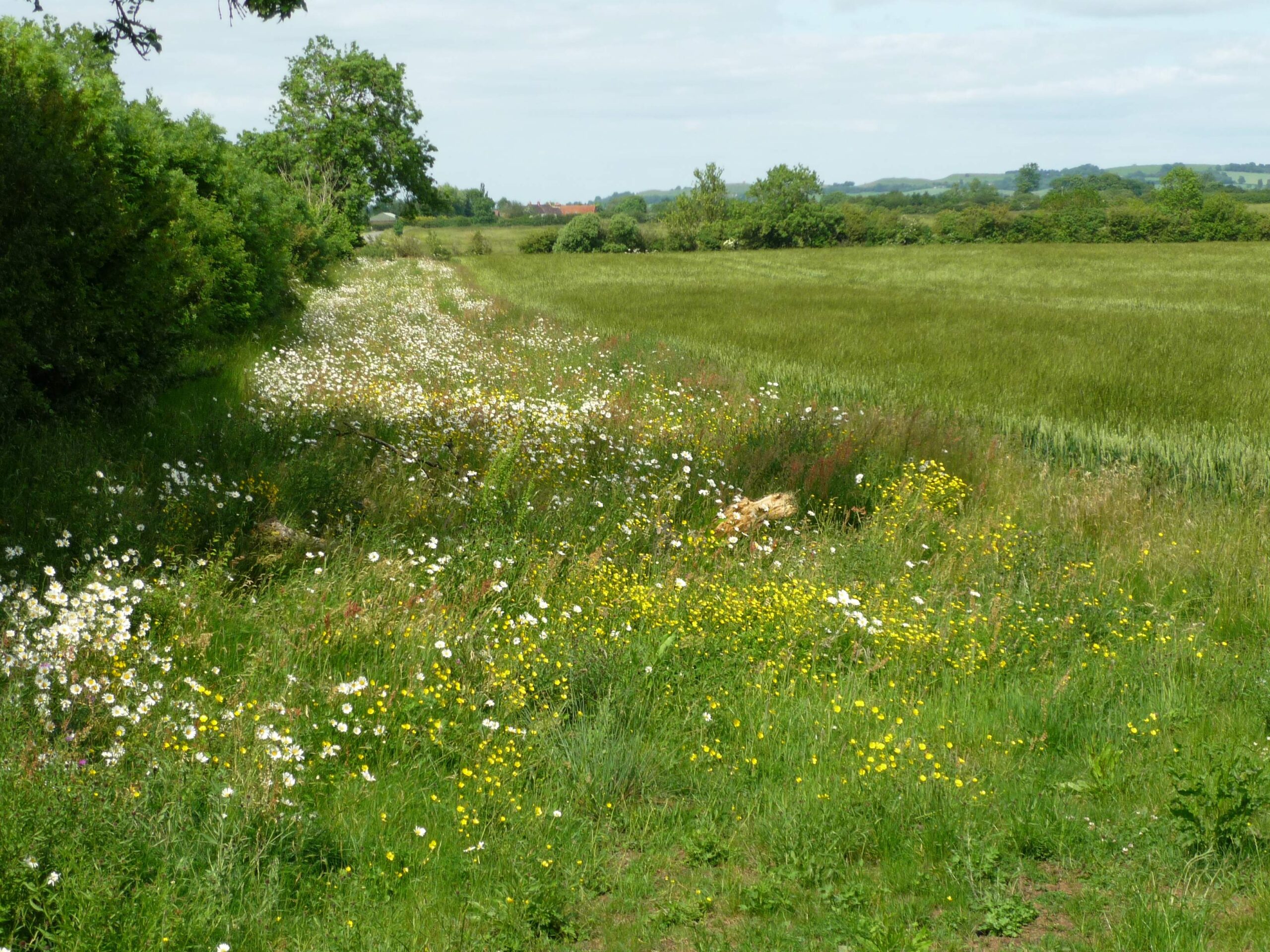The much-delayed Land Use Framework was unveiled on Friday 31st January. Originally due to be published under the previous Government, it has been pushed back a number of times. What has now been announced is a consultation on the Framework, which will last for 12 weeks. The Framework applies to England only, although the Government says it wants to work closely with the devolved administrations.
The Government is at pains to point out that the Framework is not going to be ‘prescriptive’ – i.e. you must use this piece of land for this purpose. What has captured a lot of attention though, is Defra’s own analysis of the type of land use change it foresees. It states that this is a ‘balanced approach to meeting our range of priorities‘ including the Environment Act and Climate Change targets. The categories outlined are;
1. Land Management Change – standard changes in the way land is farmed – e.g. crop rotations etc. including planting of cover crops – seen as outside the scope of the Framework
2. Small Changes Maintaining the Same General Land Use – more nature in fields but alongside food production – e.g. field margins, buffer strips – overall loss of 1% of agricultural land area (50,000 Ha) by 2050
3.1. Changes to Combine Food Production and Environmental / Climate Benefits – mainly incorporating more trees alongside food production – overall loss of 4% of agricultural land area (370,000 Ha) by 2050
3.2. Changes for Environmental and Climate Benefits with Limited Food Production – e.g. creation of species-rich grassland; management of peat; short rotation coppice – overall loss of 5% of agricultural land area (430,000 Ha) by 2050
4. Land out of Food Production into Environment and Climate Uses – land use becomes non-agricultural – e.g. re-wetting of peat; creation of woodland; creation / restoration of coastal and lowland heath – overall loss of 9% of agricultural land area (760,000 Ha) by 2050
Media reporting has tended to focus on Category 4 and report that Defra aims to see 9% of farmland come out of agriculture over the next 25 years. However, it can be seen that other categories, especially 3.2, severely limit productive farming. The overall loss might be nearer 15% therefore.
In terms of food production, Defra states ‘The Government is committed to maintaining food production. Our assessment is that, based on historical trends of productivity improvement, and supported by new and emerging innovations, the impact of these land use changes on domestic food production will be offset by productivity improvements’. This seems a bit of a stretch perhaps. If it were only the least productive land that was going to environmental uses then it might make sense. However, the references to peatland (some of our most productive lowland soils) shows that the trade-offs are more difficult than that.
The consultation also addresses the issue of loss of farmland to development. It calculates that if the Government’s target of 1.5 million new homes in England by the end of this Parliament in 2029 is met (a big ‘if’) this would entail building on just 30,000 Ha of ‘greenfield’ land.
The consultation asks for comments and there will also be a series of regional workshops. The aim is to publish the final Framework in July (although the timing is subject to change). Once complete, the Framework will include;
1. The principles that Government will apply to policy with land use implications
2. A description of how policy levers will develop and adapt to support land use change
3. A release of land use data and analysis to support public and private sector innovation in spatial decision making, and the development of tools to support land managers in practice.
All this will interact with various other Government policies such as the 25-Year Farming Roadmap, the Food Strategy, Environmental Improvement Plan review, Industrial Strategy, long-term Housing Strategy, Transport Strategy, National Infrastructure Strategy, Strategic Spatial Energy Plan etc. etc.
As can be seen, nothing in the Framework involves any element of compulsion. Land is owned privately, so it will continue to be up to each individual owner to do what they want with their land (within the law). To incentivise the level of change Defra is suggesting will require a lot of funding. It is currently unclear where this will come from. The Government itself is short of funds. There is hope that private nature markets may grow over time – but their development has been slow so far.
The largest impact of the Framework may be through the Planning system. The data and tools that feature prominently in the announcement could increasingly influence whether Planning Permission is granted.
For the full consultation go to – https://www.gov.uk/government/consultations/land-use-in-england
